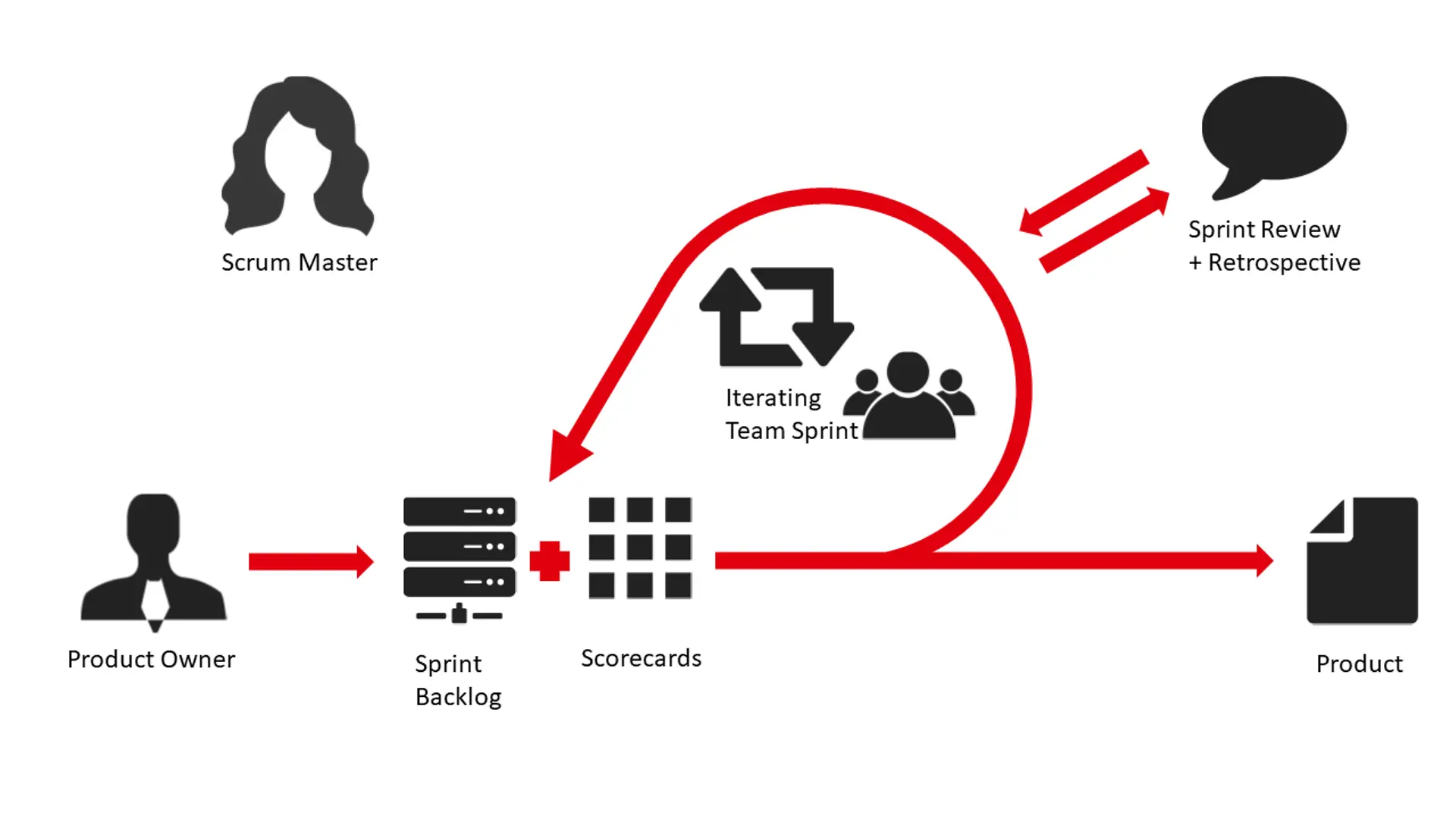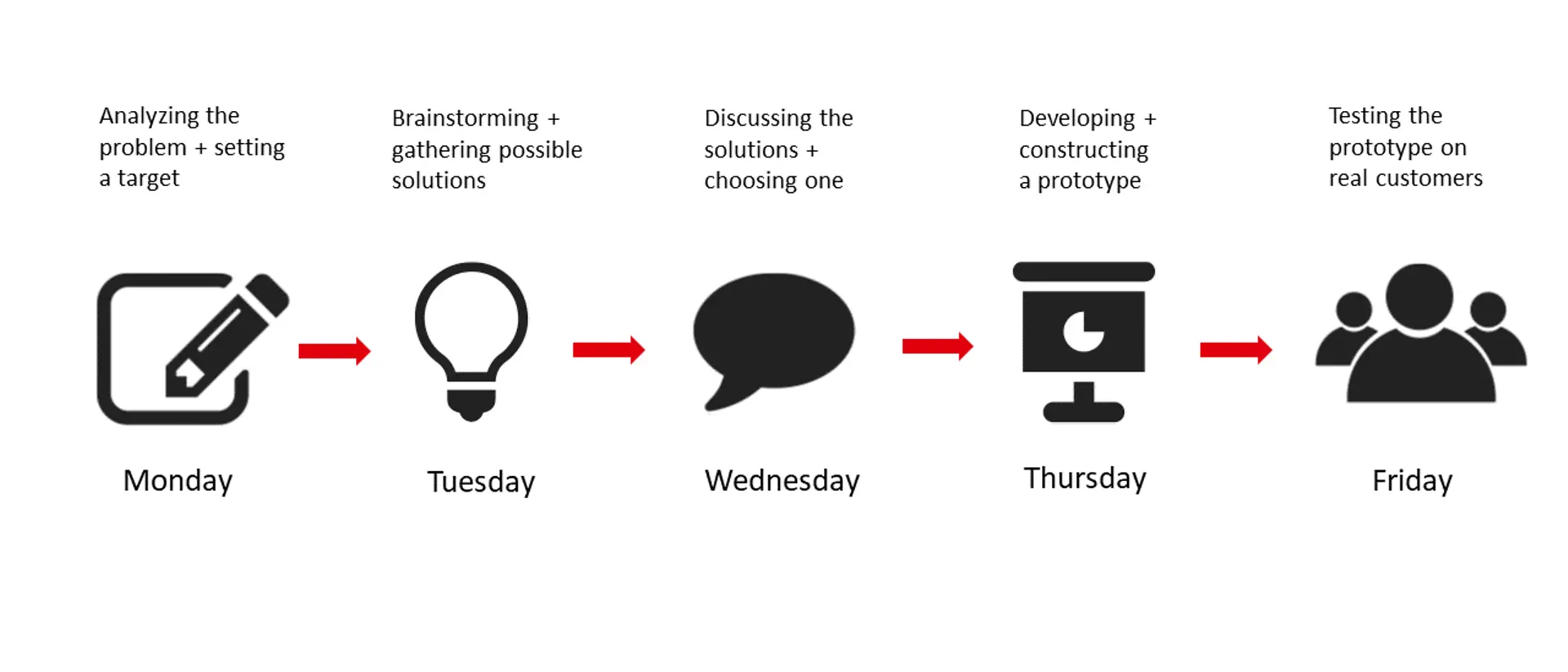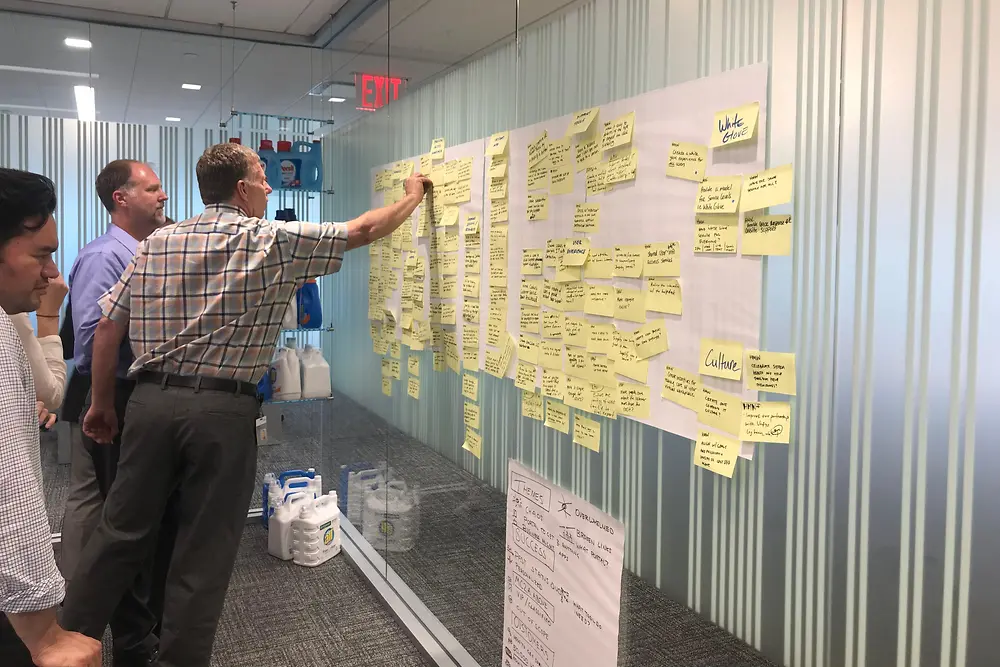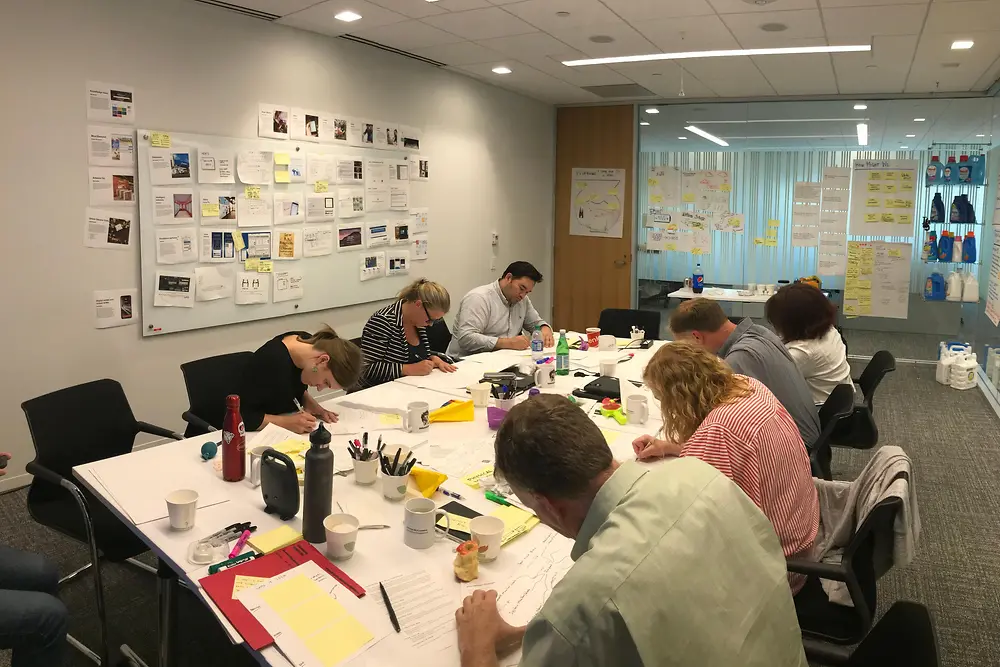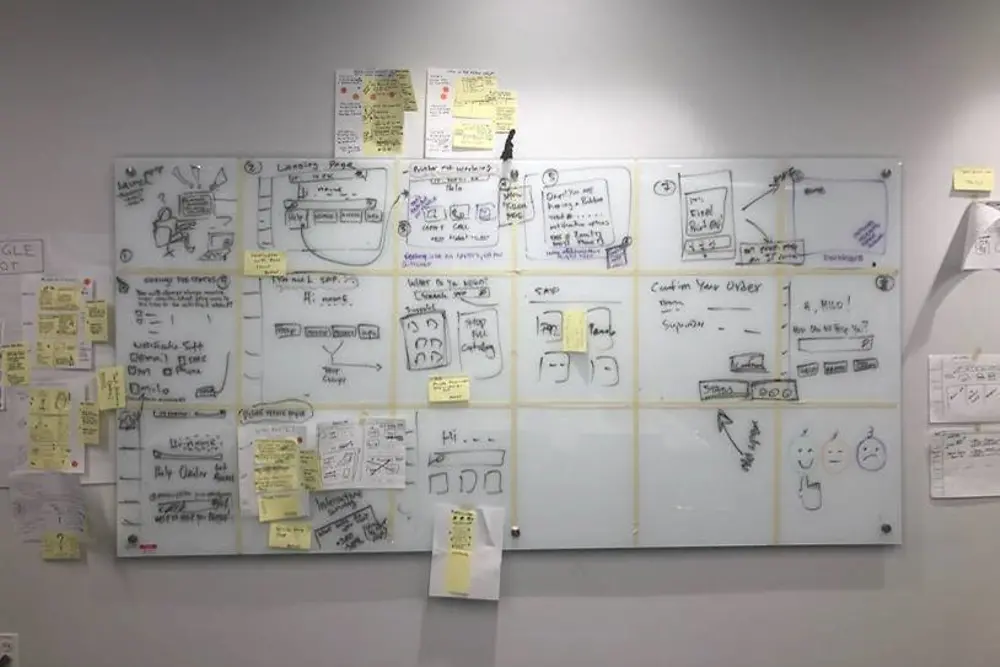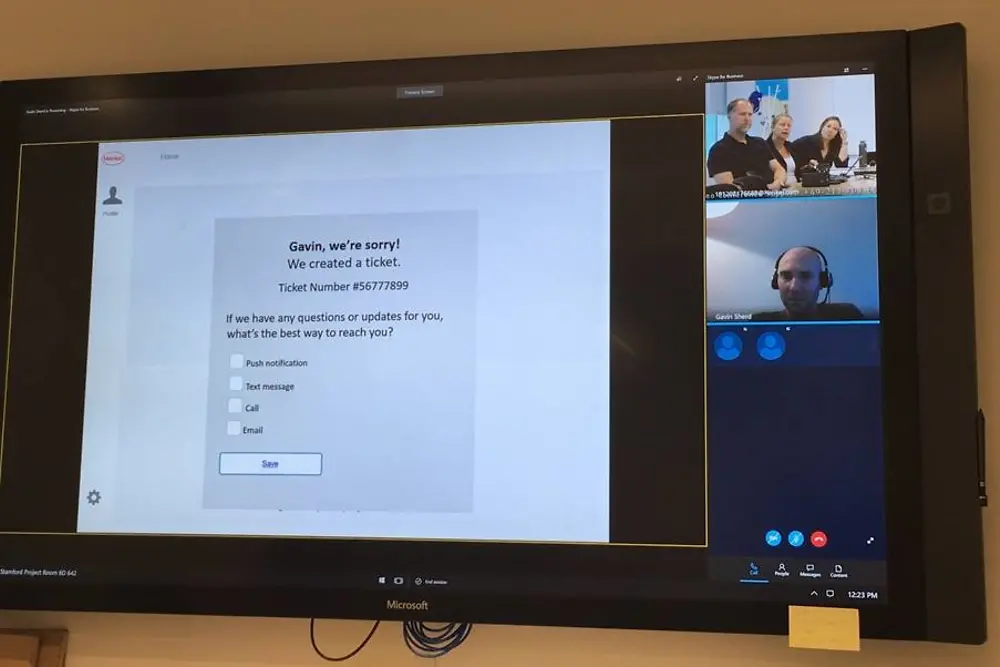As in sports, a sprint is linked to completing a short section. In this case, however, it is not connected to a certain distance, but to a certain period of time. Project teams follow a plan that is designed for one- to four-week intervals. This allows large projects to be better structured and the subtasks within the sections to be more clearly divided. By planning in short intervals, teams can react quickly and adapt the procedure over and over without having to overturn the entire project. At the end of each sprint, the team meets to review the results and evaluate the completed sprint before immediately moving on to the next one.
At Henkel, teams implement agile working methods too – for example in Amsterdam and Stamford. Christian Staudt is part of an agile team in Amsterdam. In addition to his work as a Global Layout Engineer, he has taken on a project for which he uses Scrum to check the key performance indicators (KPIs) in Henkel plants worldwide. To complete this task, "Plant Diagnostic Information Systems" are used to control data monitoring.








